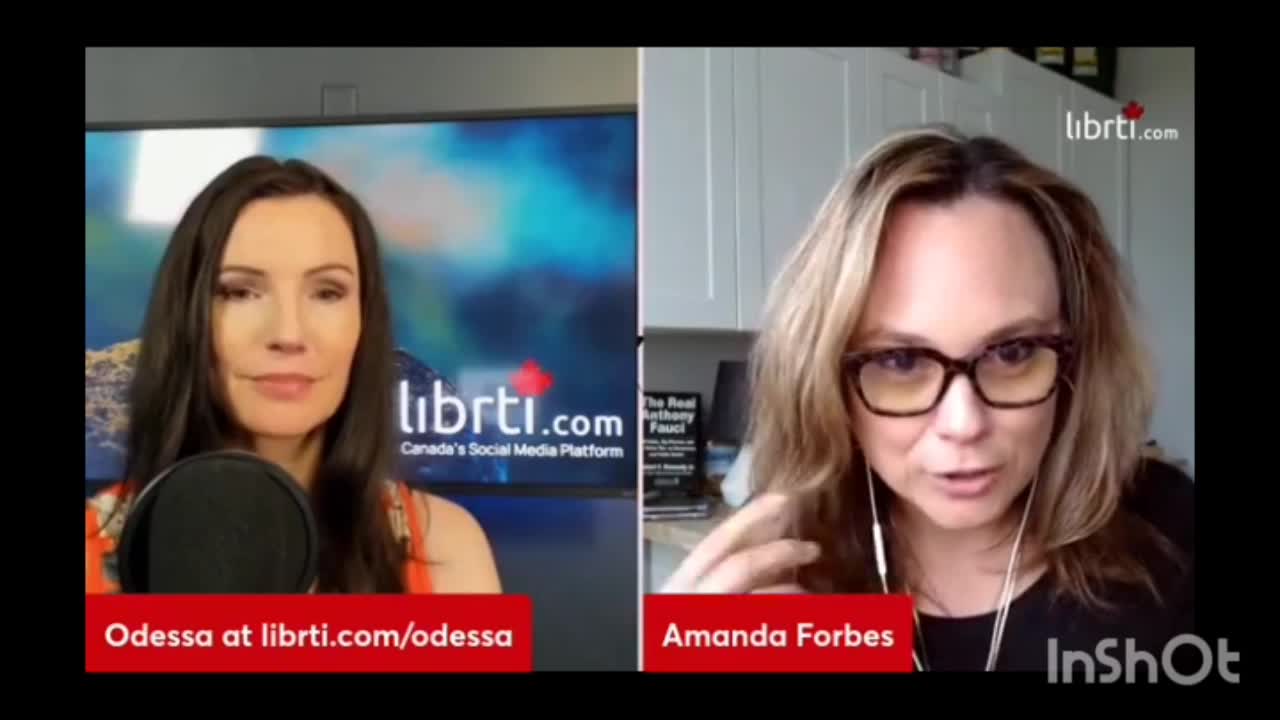Moses | What they Didn't tell you in Church @Bart D. Ehrman
https://gnosticinformant--ehrman.thrivecart.com/finding-moses/ ⬆️⬆️⬆️LINK FOR COURSE ⬆️⬆️⬆️ 💥💥💥💥🚨💥🚨💥🚨💥💥💥 (Click either one) ⬇️⬇️⬇️LINK FOR COURSE ⬇️⬇️⬇️ https://gnosticinformant--ehrman.thrivecart.com/finding-moses/ Professor Bart D. Ehrman (Ph.D Princeton) Bart Denton Ehrman[a] (born 1955) is an American New Testament scholar focusing on textual criticism of the New Testament, the historical Jesus, and the origins and development of early Christianity. He has written and edited 30 books, including three college textbooks. He has also authored six New York Times bestsellers. He is the James A. Gray Distinguished Professor of Religious Studies at the University of North Carolina at Chapel Hill. Ehrman currently serves as co-editor of the series New Testament Tools, Studies, and Documents (E. J. Brill), co-editor-in-chief for the journal Vigiliae Christianae, and on several other editorial boards for journals and monographs. Ehrman formerly served as president of the Southeast Region of the Society of Biblical Literature, chair of the New Testament textual criticism section of the society, book review editor of the Journal of Biblical Literature, and editor of the monograph series The New Testament in the Greek Fathers (Scholars Press). In 2006 he appeared on The Colbert Report and The Daily Show, to promote his book Misquoting Jesus, and in 2009 reappeared on The Colbert Report with the release of Jesus, Interrupted. Ehrman has appeared on the History Channel, the National Geographic Channel, Discovery Channel, A&E, Dateline NBC, CNN, and NPR's Fresh Air and his writings have been featured in Time, Newsweek, The New York Times, The New Yorker, and The Washington Post. Moses, Hebrew Moshe, (flourished 14th–13th century BCE), Hebrew prophet, teacher, and leader who, in the 13th century BCE (before the Common Era, or BC), delivered his people from Egyptian slavery. In the Covenant ceremony at Mt. Sinai, where the Ten Commandments were promulgated, he founded the religious community known as Israel. Few historical figures have engendered such disparate interpretations as has Moses. Early Jewish and Christian traditions considered him the author of the Torah (“Law,” or “Teaching”), also called the Pentateuch (“Five Books”), comprising the first five books of the Bible, and some conservative groups still believe in Mosaic authorship. Other critical methods (studying the biblical text from the standpoint of literary form, oral tradition, style, redaction, and archaeology) are equally valid. The most accurate answer to a critical problem is therefore likely to come from the convergence of various lines of evidence. The aid of critical scholarship notwithstanding, the sources are so sketchy that the man Moses can be portrayed only in broad outline. According to the biblical account, Moses’ parents were from the tribe of Levi, one of the groups in Egypt called Hebrews. Originally the term Hebrew had nothing to do with race or ethnic origin. It derived from Habiru, a variant spelling of Ḫapiru (Apiru), a designation of a class of people who made their living by hiring themselves out for various services. The biblical Hebrews had been in Egypt for generations, but apparently they became a threat, so one of the pharaohs enslaved them. Unfortunately, the personal name of the king is not given, and scholars have disagreed as to his identity and, hence, as to the date of the events of the narrative of Moses. One theory takes literally the statement in I Kings 6:1 that the Exodus from Egypt occurred 480 years before Solomon began building the Temple in Jerusalem. This occurred in the fourth year of his reign, about 960 BCE; therefore, the Exodus would date about 1440 BCE. This conclusion, however, is at variance with most of the biblical and archaeological evidence. The storage cities Pitḥom and Rameses, built for the pharaoh by the Hebrews, were located in the northeastern part of the Egyptian delta, not far from Goshen, the district in which the Hebrews lived. It is implicit in the whole story that the pharaoh’s palace and capital were in the area, but Thutmose III (the pharaoh in 1440) had his capital at Thebes, far to the south, and never conducted major building operations in the delta region. Moreover, Edom and Moab, petty kingdoms in Transjordan that forced Moses to circle east of them, were not yet settled and organized. Finally, as excavations have shown, the destruction of the cities the Hebrews claimed to have captured occurred about 1250, not 1400. https://gnosticinformant--ehrman.thrivecart.com/finding-moses/ ⬆️⬆️⬆️LINK FOR COURSE ⬆️⬆️⬆️ 💥💥💥💥🚨💥🚨💥🚨💥💥💥 (Click either one) ⬇️⬇️⬇️LINK FOR COURSE ⬇️⬇️⬇️ https://gnosticinformant--ehrman.thrivecart.com/finding-moses/ #bartehrman #gnosticinformant #moses

















































